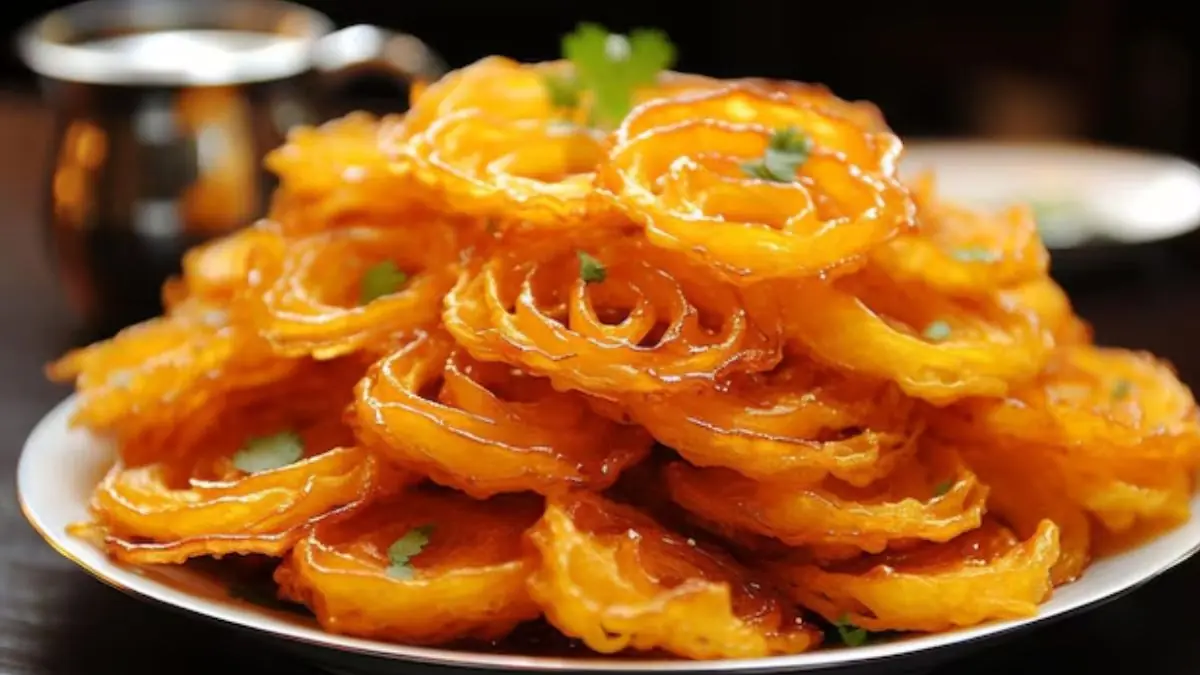The Science Behind Navratri Fasting And Seasonal Eating
The Science Behind Navratri Fasting And Seasonal Eating
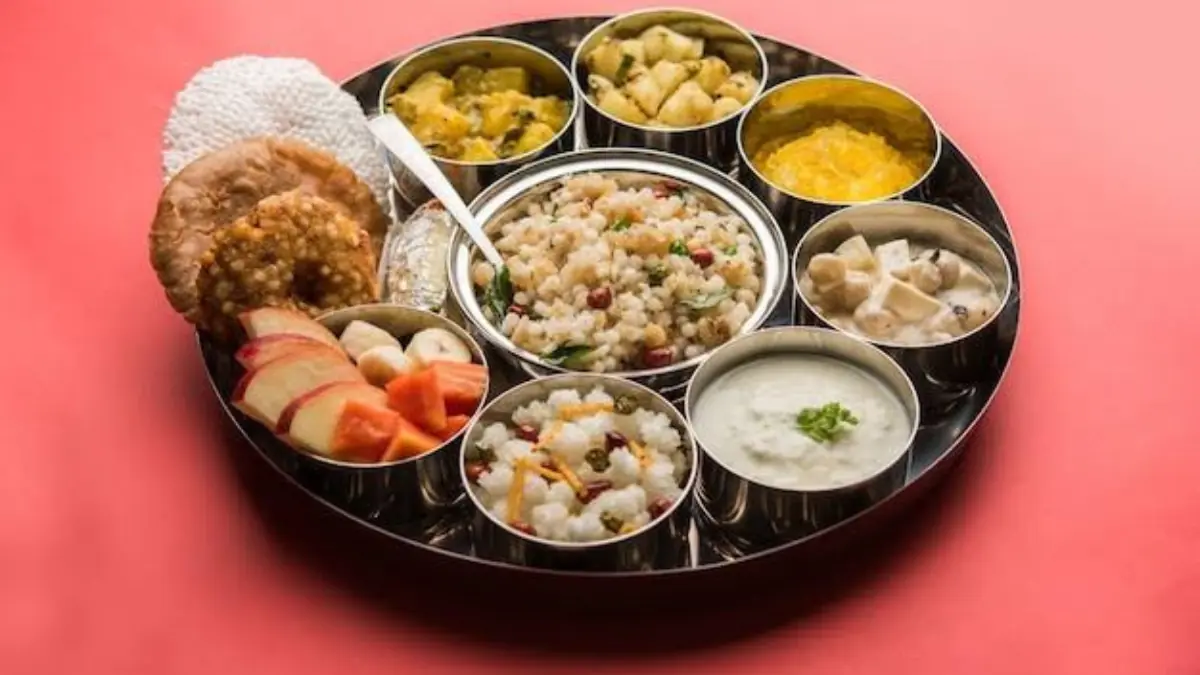
Navratri fasting is known for devotion and religious discipline, but it also has another side which is related to health and the body. The nine days of fasting arrive at the time of season change in India. This period brings change in temperature and the human body often feels the impact through digestion problems, lower energy and weaker immunity. The foods that are advised during Navratri fasting are light on the stomach and are natural in form, and this matches well with modern science which explains the benefits. Many people follow these practices because of faith, but when looked at more closely they are also helpful for health.
Navratri is a festival which carries deep meaning in Indian culture. People keep fasts, pray, and follow rituals for nine days. The festival brings families together and is celebrated across the country with great energy. For many, fasting is a way of showing devotion, but if we examine the food patterns that are suggested, we can see a strong connection to health. Ancient practices always kept both body and spirit in mind.
The time when Navratri comes is important. It falls at the moment when one season is ending and another is starting. In India this means the body has to adapt to weather change. Digestion can slow down and the risk of common illnesses like colds or stomach upset becomes high. The fasting rules are built in such a way that the body gets food which is easy to process and still full of nutrients. The logic is simple and practical, even if it was never explained in scientific terms in the past. Modern knowledge now shows why this makes sense.
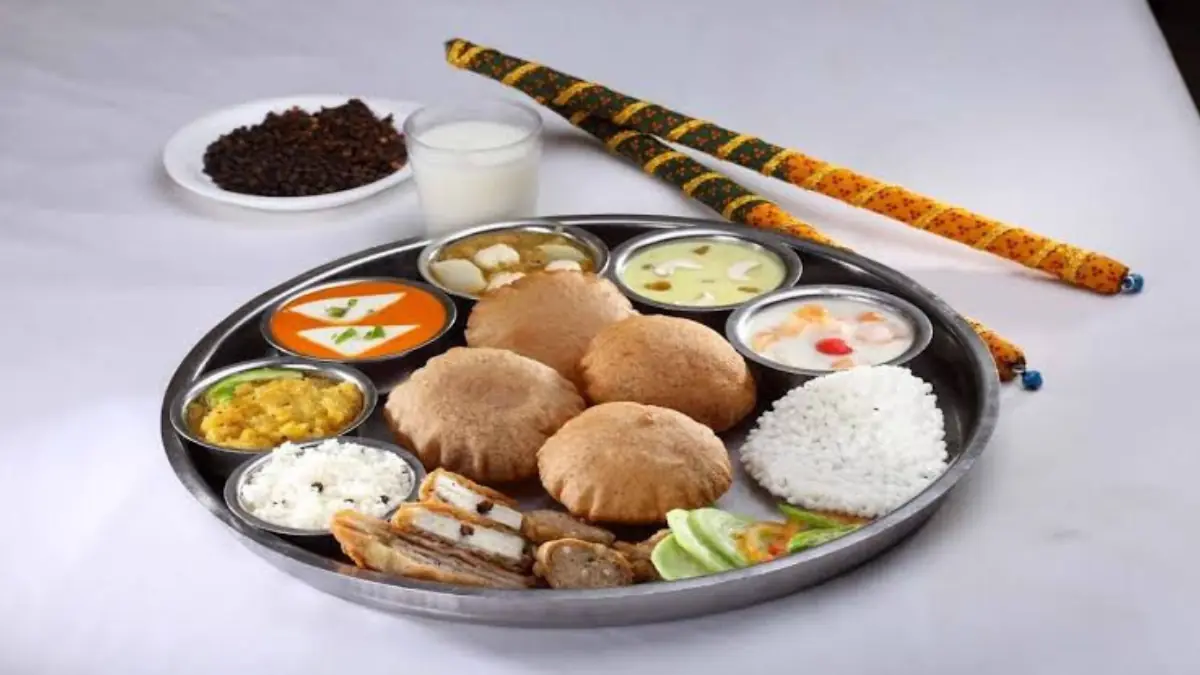
Seasonal Change And Digestion
The human body reacts to changes in weather. During monsoon to autumn or winter to spring, many people feel weaker digestion and get mild infections. Navratri fasting rules guide people to avoid heavy grains like wheat and rice. Instead, flours made from kuttu, singhara, and rajgira are eaten. These grains are lighter and also natural sources of energy. They do not put as much pressure on the stomach.
Fruits and vegetables are also included in large amounts. They give fibre, vitamins, and hydration. This is helpful when the season brings imbalance. Studies on seasonal food habits say that eating foods that are easier to digest helps the gut to stay healthy. Traditional customs understood this point without research papers, and the advice has remained the same through generations. The main idea is to give the stomach food that is safe for that period of the year.

Rest For The Digestive System
Fasting is not only about avoiding food. It is also about changing the type of food eaten. During Navratri, people eat simple meals made with milk, nuts, fruits, and light grains. This gives the digestive system a form of rest. The body gets time to clear toxins and repair itself.
Modern science has studied intermittent fasting and the results show that controlled food gaps help metabolism and reduce inflammation. Navratri fasting has followed a similar path for centuries. The idea was not to harm the body but to refresh it. Many people notice they feel lighter and more active after fasting, and this has a clear connection with giving the stomach a break from rich food.
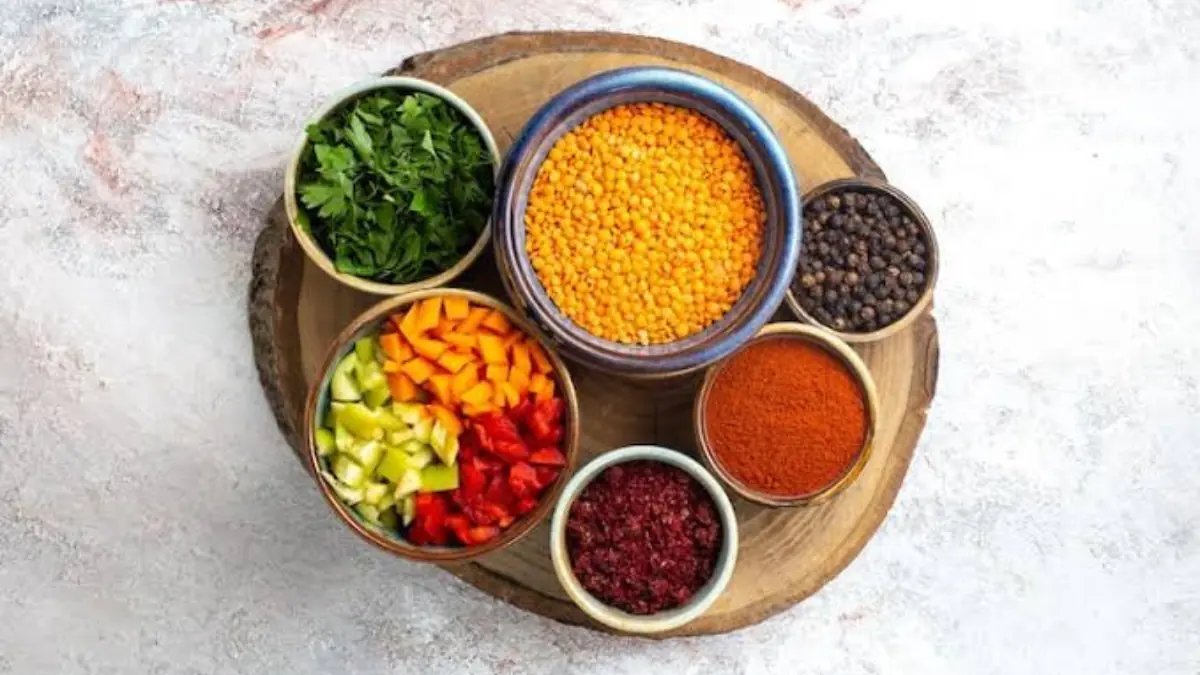
Nutrition In Allowed Foods
The foods chosen for fasting are not random. They provide balance and cover nutrition in a simple way. Kuttu and rajgira are gluten free and give protein. Singhara flour is rich in minerals. Nuts and seeds bring healthy fats which give strength during the day. Fruits are natural suppliers of sugar and water. Milk and yoghurt add calcium and also improve gut health.
This mix of food creates steady energy. People can continue daily activities without much fatigue. The slow release of energy is helpful when people are eating less often. It proves that fasting is not just a restriction but a method of careful planning with food choices. The tradition may appear strict but it is actually protective in design.
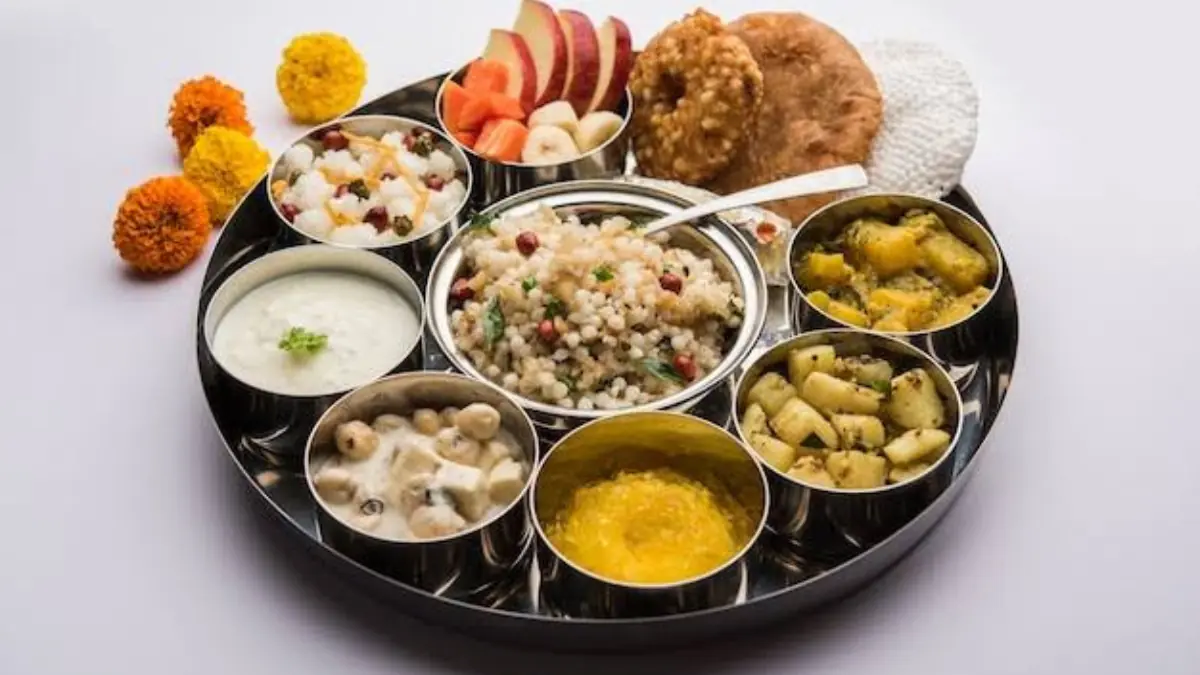
Immunity And Seasonal Health
The foods in Navratri fasting also protect against infections. Fruits like apples, bananas, and pomegranates are rich in vitamin C and antioxidants. Vegetables like pumpkin and sweet potato give beta carotene which supports immunity and eyesight. Herbs and spices that are allowed such as cumin, ginger, and rock salt help digestion and fight bacteria.
Studies show ginger reduces inflammation and helps the stomach. Cumin assists in absorption of nutrients. Rock salt maintains electrolyte balance. These ingredients are simple but powerful in keeping the body prepared during seasonal change. That is why the traditional meals during fasting are not only spiritual but also a natural medicine for the body.

Mental And Behavioural Benefits
Navratri fasting also affects the mind. By following rules of food and timing, people develop control and discipline. It creates awareness of how much and what kind of food is being consumed. Research in psychology has shown that fasting can support better focus and a stable mood.
Eating home-cooked meals during fasting reduces processed food intake. This has its own benefit for health. The shared practice across families and communities builds social support. It gives emotional strength and lowers stress. These aspects are not always explained but they are part of why fasting continues to feel relevant even today.







